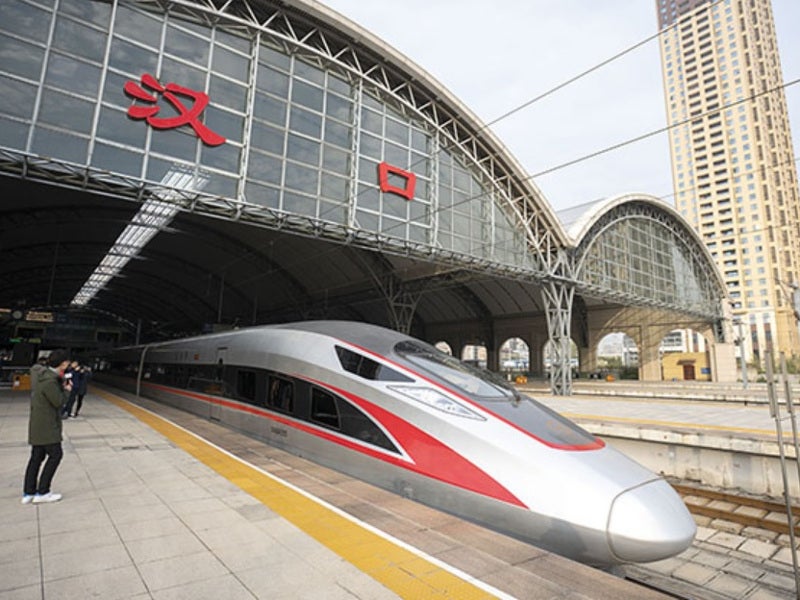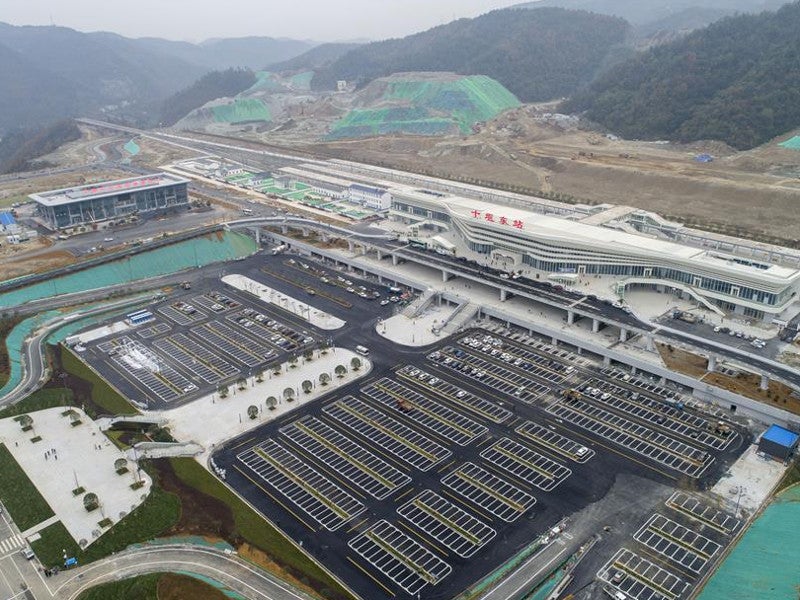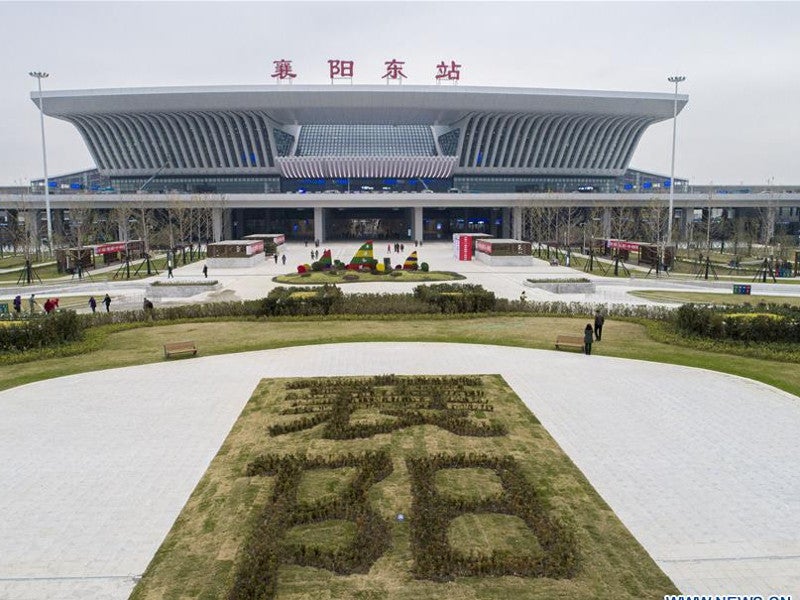Wuhan-Shiyan high-speed railway line, also known as Han-Shi high-speed railway (HSR), connects the Wuhan and Shiyan cities in the province of Hubei, China.
It serves as a rapid transport corridor between the central and north-western regions of China’s national high-speed railway network, which includes eight north-south and eight east-west high-speed railway lines.
The new high-speed railway was opened by China Railway Wuhan Group, a part of China Railway, in November 2019. The Wuhan-Shiyan HSR line has a total length of 399km and is designed for a maximum speed of 350km/h.
The new high-speed railway provides a rapid and reliable connection between the Xiangshisui urban circle and the Wuhan city circle. It halves the travel time between Wuhan and Shiyan while making the journey more convenient and faster for daily commuters.
It also enhances the tourism development in north-western Hubei and encourages tourists for visiting multiple attractions in central China’s Hubei Province.
Wuhan-Shiyan high-speed rail project details
The Wuhan-Shiyan high-speed railway project was approved by the National Development and Reform Commission (NDRC) in 2015.
The new line originates in Hankou Railway Station in Wuhan and terminates in Shiyan East Station. It passes through Xiaogan, Penxing, Yunmeng County, Anlu, Suizhou, Suixian, Zaoyang, Xiangyang, Longzhong, Gucheng County, Danjiangkou, and Wudangshan.
The high-speed line includes 13 stations, namely Xiaogan East, Pengxing, Yunmeng East, Anlu West, Suizhou South, Suixian, Zaoyang, Xiangyang East, Longzhong, Gucheng North, Danjiangkou, Wudangshan West, and Shiyan East.
The line will link popular tourist spots such as Mount Wudang, Longzhong National Scenic Area, Huanghe Building, Huanghelou, Yandi Shennong’s hometown, Danjiangkou Reservoir, Yellow Crane Tower, Hubei Provincial Museum, Guiyuan Temple, and a number of Taoist temples.
It also passes through historical and cultural cities such as Wuhan, Xiaogan, Suizhou, Xiangyang.
It includes 233 bridge and 46 tunnel structures, extending over a total length of more than 270km.
Rolling stock for Wuhan-Shiyan high-speed railway line
The high-speed line is initially served by 30 pairs of electric multiple unit (EMU) trains between Wuhan and Shiyan, running at a speed of 300km/h. The number of daily EMU trains will gradually increase to 79 individual units, while an additional 18 pairs will be introduced from January 2020 for operations during weekends and peak times.
Trains operate at a maximum speed of 300km/h during the initial period of operations and will be increased to 350km/h in the future.
Track adjustment, pantograph-overhead catenary system (OCS) performance, train control, and communication and signalling systems of the HSR system were comprehensively optimised prior to the commissioning of the trains.
Financing
The total cost of the Wuhan-Shiyan HSR project is CNY52.7bn ($7.49bn), which includes CNY26.4bn ($3.75bn) contributed by China Railway and the regional authorities. The remaining amount was raised from other financial institutions such as China Development Bank.
Contractors involved in Wuhan-Shiyan high-speed rail project
China Railway is responsible for the development of the Wuhan-Shiyan HSR line. It performed integrated testing and commissioning, inspection, acceptance, and safety assessment for the line.
China Railway Eleventh Group constructed a section of the line and performed track-laying works.
The contract for tunnel, bridge, station, and rail-line design was awarded to Autodesk. China Railway Siyuan Survey and Design Group also engaged in the bridge and tunnel design.




